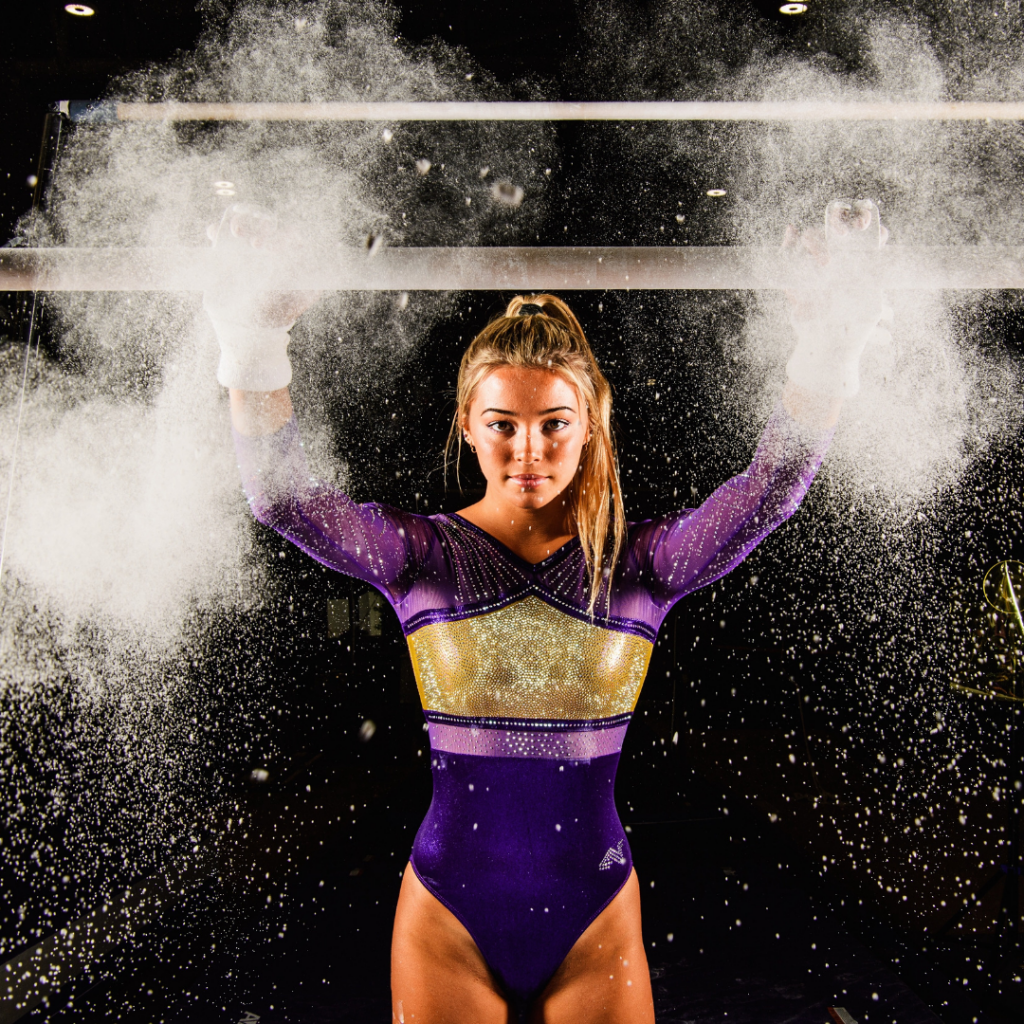Unlocking the Value of NIL

Recent changes in NIL laws have created the ability for collegiate athletes to capitalize on their personal brand and make money from it. Even better, there are so many ways to monetize an athlete’s image regardless of their athletic program’s success.
There’s no set metric or equation on how to measure brand value, and it can often be a guessing game for young athletes of “Am I being paid a fair value?” Performance, social media influence, media perception, university ranking, family legacy, notable achievements, and previous NIL opportunities can all play a crucial role.
Together, these factors create an athlete’s brand value & roster value, working together to create a more all-encompassing NIL value which can be used to maximize an athlete's ability to make money from their hard work in their sport.
By understanding these dynamics, athletes can make informed decisions regarding their choices of where to attend College, what sport to play (if a two-sport athlete), and what brands to represent that fit best with the specific athlete.
All of these tools and decisions are critical for an athlete to take full advantage of the growing opportunities in the NIL landscape.
Athletic Performance and Position
One of the primary drivers of an athlete's NIL valuation is their performance on the field or court.
Impressive athletic achievements, especially in high-stakes games against notable opponents, can elevate an athlete's roster and brand value. A standout performance in a bowl game or a nationally televised event can capture the attention of fans, sponsors, and media, leading to increased recognition and endorsement opportunities.
A SportsCenter Top Ten highlight, a clutch buzzer-beater during March Madness, a walk-off homer to win the College World Series. A single moment can change an athlete’s career and turn a player into a household name overnight, resulting in an explosion in NIL Value.
Outside of the big-time play or athletic achievement, an athlete’s position, like the quarterback in football or point guard in basketball, will lead to a higher NIL value because of the higher visibility and media coverage that naturally come with those positions.
Social Media Following
In the digital age that today’s college athletes have exclusively grown up in, social media is an incredibly powerful tool for athletes to use to connect with fans, share their journey, and build their personal brand apart from their persona on the field.
The size and engagement levels of an athlete's social media following play a significant role in their NIL valuation. The formula really is pretty simple: More followers = More eyeballs = More money.
Platforms like Instagram, TikTok, and YouTube offer athletes the opportunity to cultivate a loyal fan base and showcase their unique personalities beyond the field. Take Livvy Dune for example, a gymnast for LSU who has 4.1M followers on Instagram and 7.5M followers on TikTok. An elite athlete on the mat, she also managed to leverage her social media game to become the face of brands such as Vuori, Leaf Trading Cards, Body Armor, American Eagle, and Forever 21.



Athletes with a large and engaged social media following have a distinct advantage in the NIL landscape.
Brands seek to collaborate with athletes who can amplify their reach and connect with a wider audience. The ability to influence and engage with fans through compelling content opens doors to endorsement deals, sponsorships, and other revenue-generating opportunities.
Even athletes at smaller colleges in sports outside of the big 3 (Football, Basketball, and Baseball) can take advantage of NIL by actively growing their online followings to harness the power of social media and create NIL opportunities when their school or sport might not give them the platform other athletes may have.
The great thing about building a personal brand through social media is it does not have to wait until college. Many high school athletes can and have amassed millions of followers before even stepping onto a college campus which places them in a great position to capitalize on their NIL rights once they do get to college.
Media Perception
Media coverage plays a major role in shaping an athlete's public image and in turn, fan and brand perception. Athletes who receive positive media attention and are featured in major publications can experience a significant increase in their brand value.
Media exposure, especially the vastly growing nontraditional media in today’s sports with podcasts and other Fan outlets, not only enhances an athlete's visibility but also helps establish their credibility and marketability.
Don't forget that media perception can be a double-edged sword.
Negative coverage or controversies can have a detrimental impact on an athlete's brand value. Maintaining a positive public image and effectively managing media relations is crucial in maximizing NIL opportunities. Athletes who exemplify sportsmanship, leadership, and community involvement are more likely to attract favorable media coverage, thus bolstering their brand value.
However, as the old saying goes “all press is good press.” Athletes that have that flare about them often land headlines which can increase their NIL value if the personality is played out right. These personality traits will still scare away some traditional businesses from engaging in NIL ventures with athletes that have a “nasty streak” in them, but with a younger generation that is eager to engage with spirited personalities, a bit of flare can work for some athletes.
University Ranking
The prestige, reputation, and hype of the college or university an athlete attends can also influence their NIL valuation.
Top-ranked colleges with a rich sports history often have larger fan bases, more extensive media presences, and bigger collectives which in turn lead to bigger bankrolls. Athletes representing such institutions benefit from increased exposure and fan support, which oftentimes translates into higher brand value.
Playing for a top college program allows athletes to tap into the existing fandom and national recognition associated with the school and the prestige of a university can add an element of credibility to an athlete's personal brand.
Brands and sponsors are more inclined to partner with athletes from well-established institutions, as it instantly aligns with a larger fanbase, more opportunities for the brand, and allows a brand to enter a market it may have otherwise been unable to penetrate. An athlete’s association with a reputable college program can open doors to lucrative endorsement deals and collaborations that may otherwise not arise.
Finally, the hype surrounding a school at a particular moment can create NIL value that may have never existed. Just take a look at what has happened with the University of Colorado football team. They’ve been a middle-of-the-pack PAC-12 team for decades, but since making the Deion Sanders hire, they’ve become the talk of the sports world. And what has being the talk of the sports world created?
The answer is that more people are following the school and as we know more followers = more eyeballs = more money. Just like Coach Prime always says...
“You look good you feel good, you feel good you play good, you play good they pay good.”

Family Legacy
In some cases, an athlete's family legacy within the sports world can significantly impact their NIL valuation.
Having famous family members who have excelled in their respective sports can boost an athlete's brand value. The name recognition and lineage associated with a renowned sports family can attract media attention, sponsorships, and endorsement opportunities.
Bronny James, the son of basketball superstar LeBron James, enjoys one of the highest NIL valuations due to his family legacy and the immense public interest surrounding him.
Those family connections can offer athletes a head start in building their brand value, but it is important for them to also demonstrate their individual talent and achievements to further enhance their marketability. That legacy also brings with it the pressure of living up to lofty, often unachievable, expectations.
It takes a special athlete to be the considered the greatest of all time in your sport but being the prodigy of an all time-great doesn’t always play out like it’s supposed to (Neither of Michael Jordan’s sons made it to the league).
Notable Achievements
Accomplishments such as the Heisman Trophy, MVP titles, and even the Regional Player of the Week Award all demonstrate exceptional skill and success, elevating an athlete's roster value within their team and translating to an elevated brand value as well. These achievements showcase an athlete's dedication, talent, and ability to perform under pressure, which attracts attention from fans, media, and sponsors alike.

Not only do these accomplishments enhance an athlete's brand value, but they also validate their marketability to potential sponsors.
Brands are more likely to invest in athletes with a proven track record of success, as it provides them with a strong narrative and creates a positive association between their products or services and the athlete's excellence.
An increasingly large aspect that brands are considering is the college athlete’s personal story and what they overcome to make it to the national stage. Think, ESPN College Gameday sob stories—brands go absolutely bonkers for those.
NIL Opportunities
Building a history of landing lucrative contracts and executing them properly enhances an athlete's brand value. Demonstrating professionalism, authenticity, and delivering value to sponsors strengthens their competitive edge in the NIL landscape.
By establishing a positive track record, athletes gain the trust of brands and sponsors, making them more desirable partners for future collaborations. Successful past endorsements and partnerships can act as testimonials to an athlete's marketability and reliability, attracting additional opportunities and driving up their NIL valuation.
As college athletes navigate the evolving world of NIL, understanding the factors that impact their valuation is crucial for making informed decisions.
Performance, social media influence, media perception, university ranking, family legacy, notable achievements, and previous NIL opportunities all play significant roles in shaping an athlete's brand value and maximizing their earnings potential.
By leveraging their athletic prowess, cultivating a strong online presence, maintaining a positive public image, and capitalizing on their achievements, athletes can unlock the true value of their name, image, and likeness and seize the opportunities presented in our new era in college athletics.
Hunter Davis
